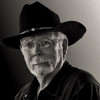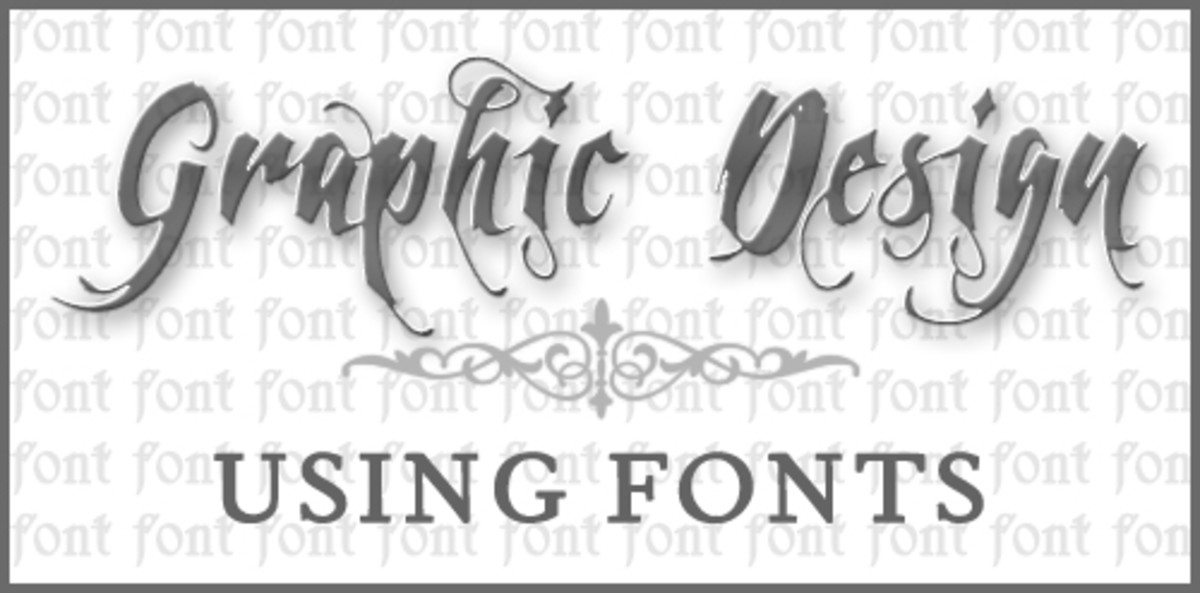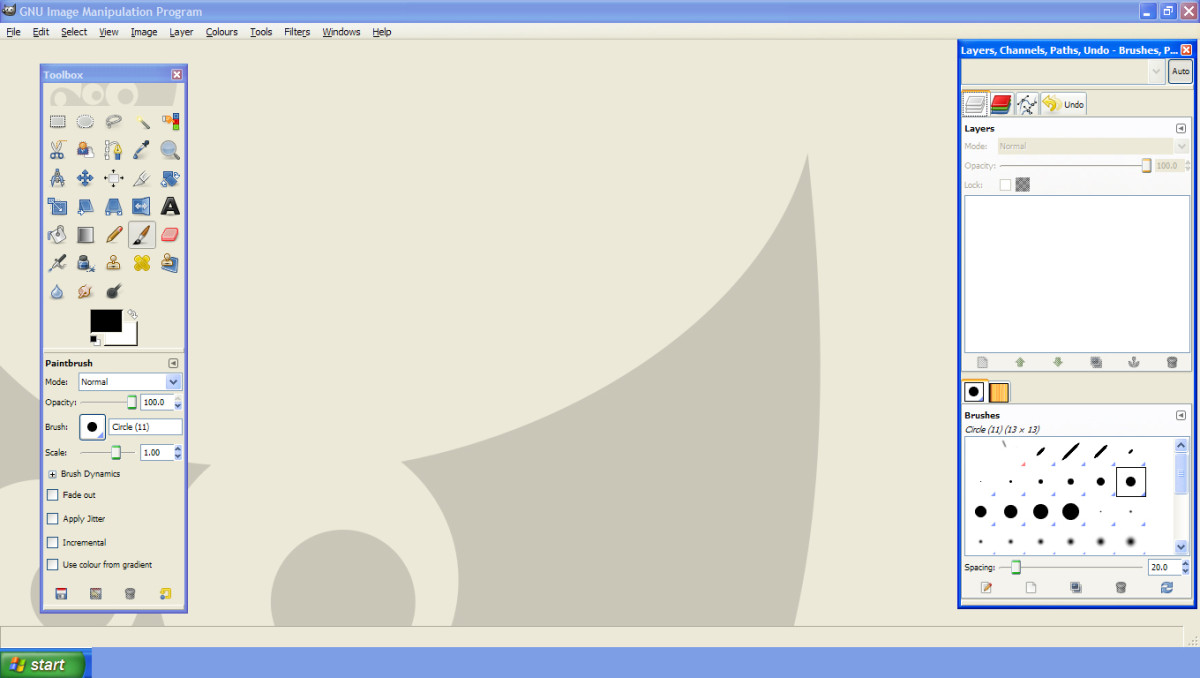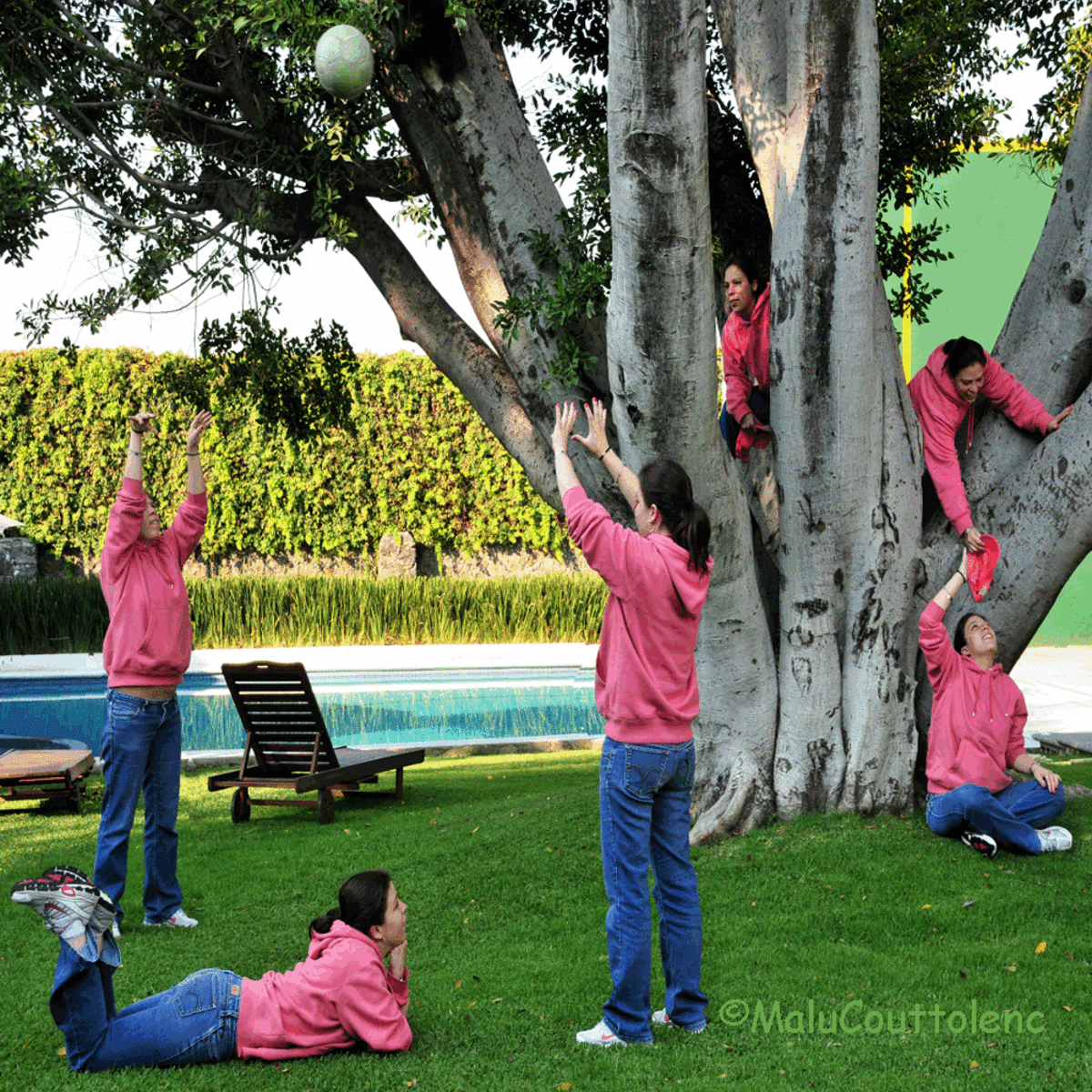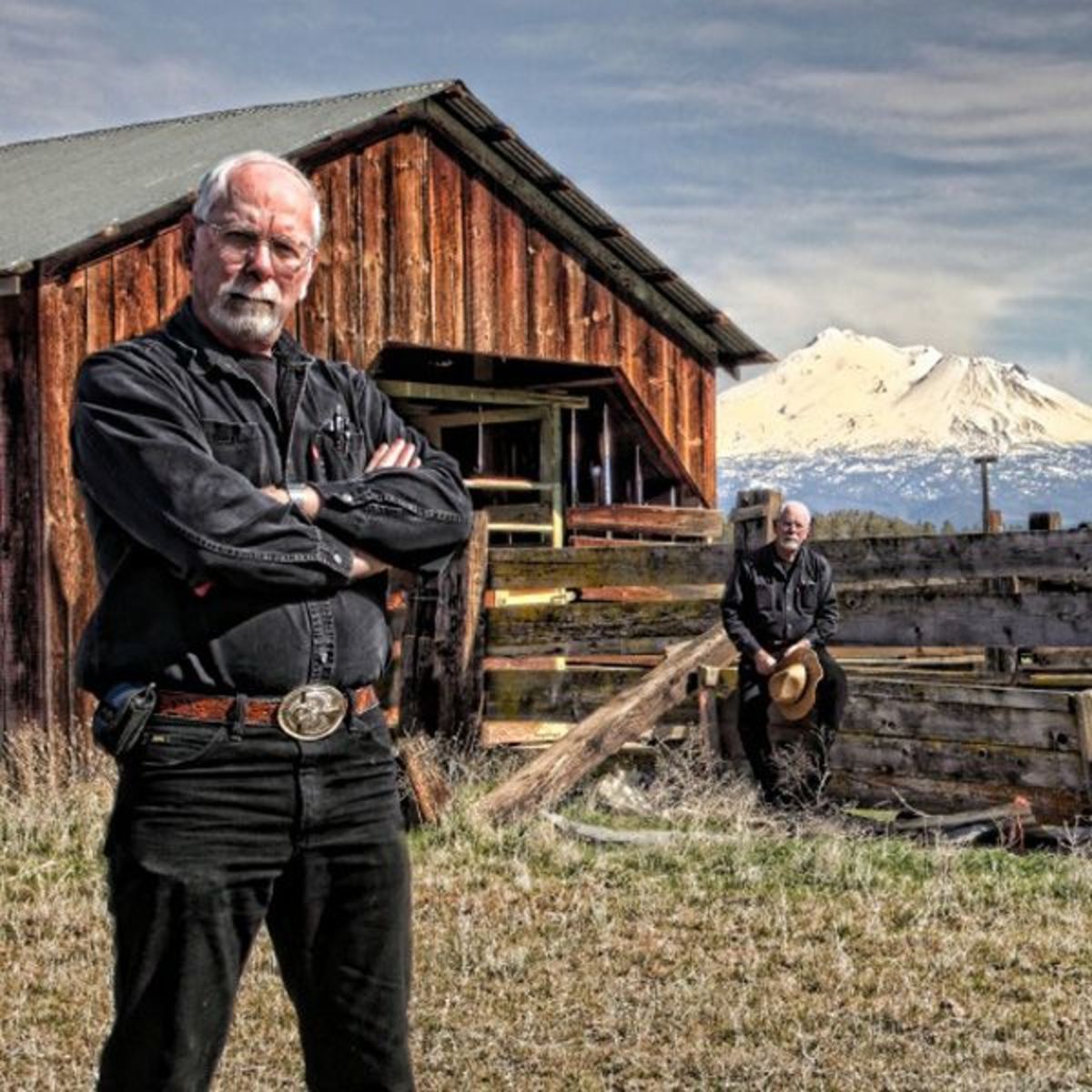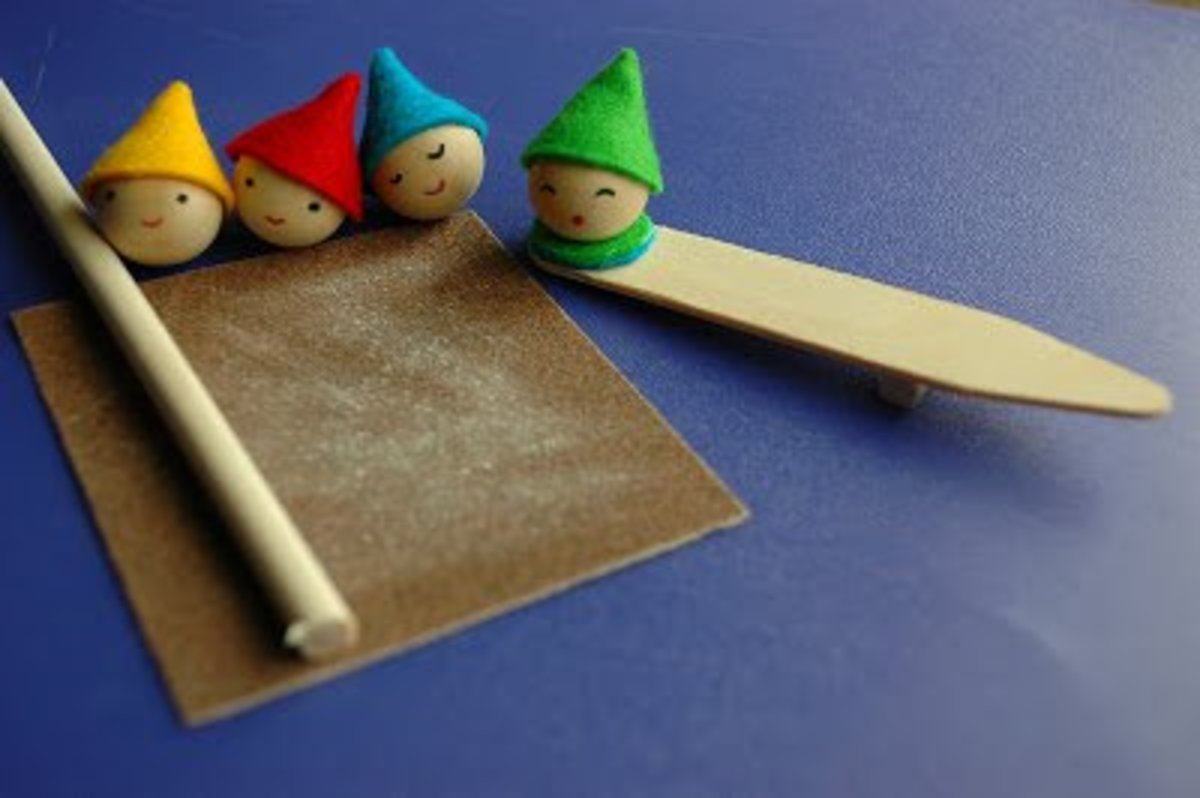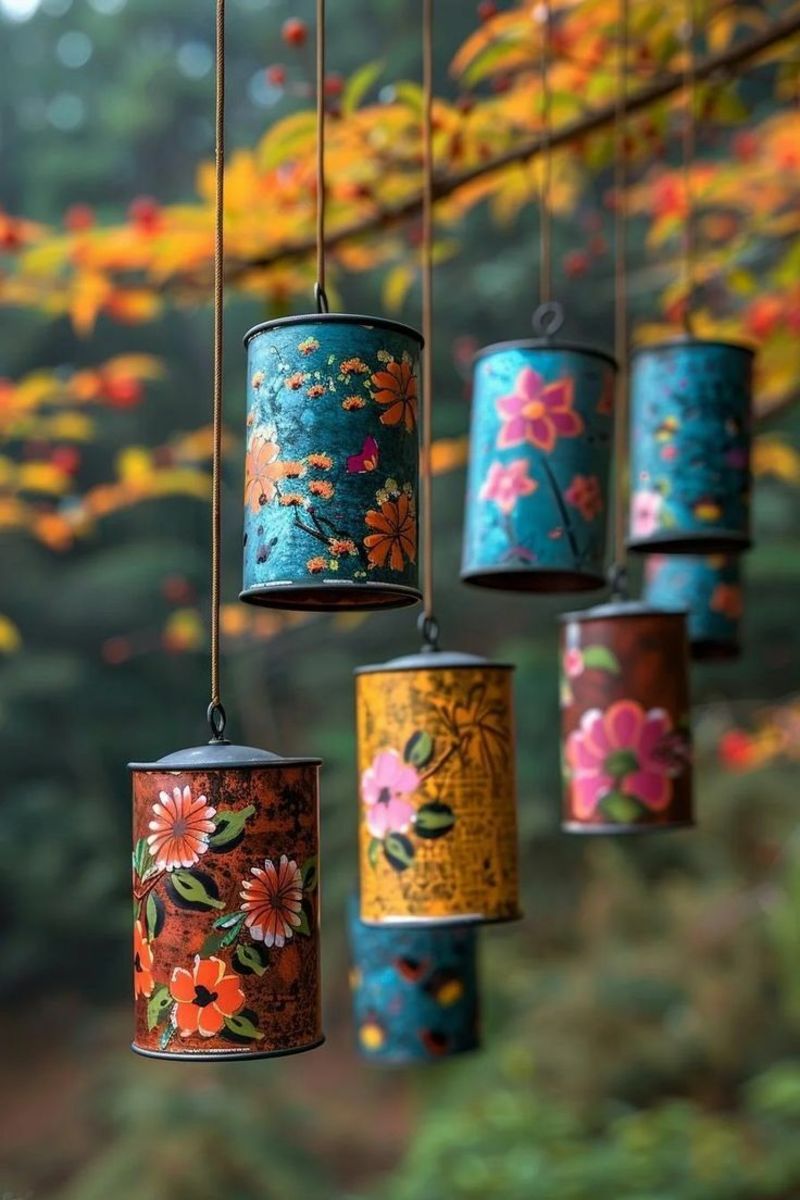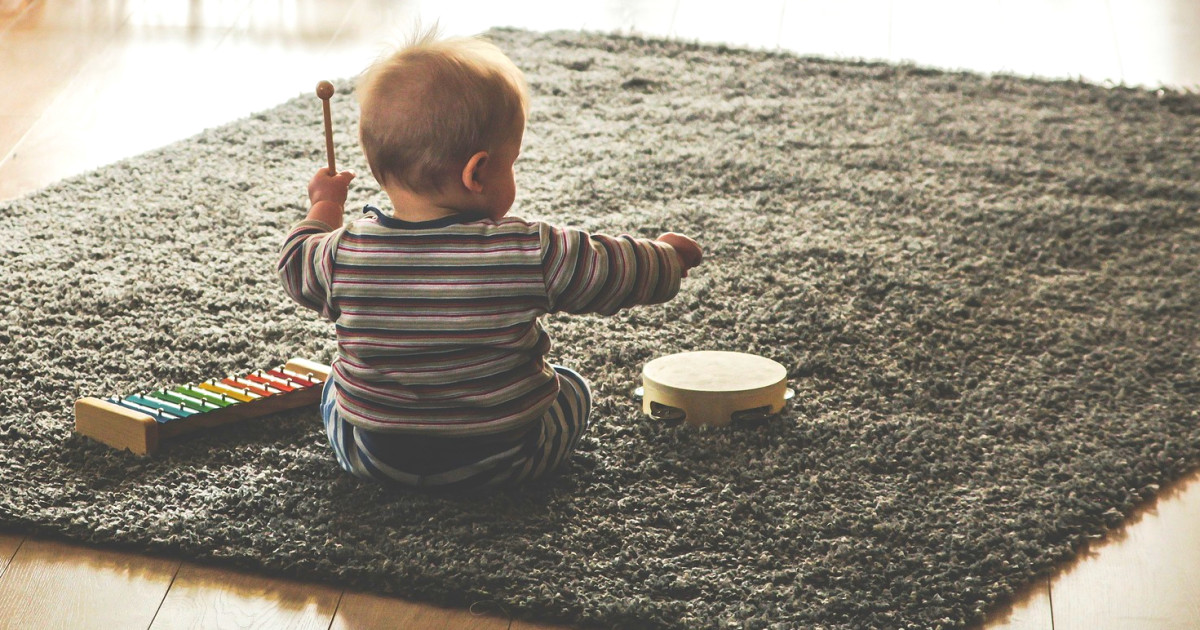Creating a Photo Collage

One From Many
Have you ever combined multiple photographs to make a collage, poster or composite image? Combining images can be challenging but it's also fun and a great way to get your creative juices flowing. In this article I will be giving you some tips on how to create a photo collage and encouraging you to play and experiment with your photos to see what you can create. This could open a whole new area of photography for you.
You can combine photos to make posters, family mementos, digital scrapbook pages or a work of fine art. If you develop a little skill with image processing software, you will find the artistic possibilities are almost endless. Combining photos into collages or composites is just one of the amazing things you can do with digital image processing these days. Of course you can always switch heads in a photograph for a laugh but I'm encouraging you to look at your images in a new way, to think as an artist.
The harpist image above was created by combining two photographs. All photographs in this article are my own.
When is a Collage a Composite? - Put Another Way, When is a Composite a Collage?
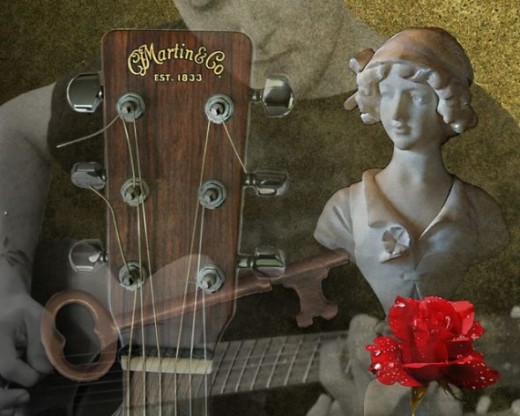
A COLLAGE has traditionally been something created by cutting out pictures, fabrics, paper or various objects and pasting them onto a surface in order to create a work of art. This is still a valid art-form but today it's possible to create a DIGITAL COLLAGE by combining images of various types into a single composite image. This is essentially a glueless collage. A single digital image created by combining one or more images is often called a COMPOSITE.
I will be using the terms COLLAGE and COMPOSITE almost interchangeably here but I think a COLLAGE better describes an end result with MANY diverse parts while a COMPOSITE image is one with fewer and more compatible "parts" combined more subtly or imperceptibly into a single image.
I think of images where I combine a main subject, perhaps a person, animal or object with a different background as a composite. A high dynamic range image is created by combining three separate exposures of a scene into a single image and it could be considered a composite but the term collage doesn't fit. On the other hand, I think of the image above as a COLLAGE because the image components are several and diverse.
Check Out These Great Buys on Amazon
I use Photoshop and Corel's PaintShop Pro and can recommend both. PaintShop Pro is a powerful image processing program and much less expensive than Photoshop. Photoshop CC (Creative Cloud) is a subscription service to their high end software but I confess I prefer to own rather than "rent" my software. I can highly recommend Adobe Photoshop Lightroom whether you go with PaintShop or Photoshop.
Taking Pictures With Composites and Collages in Mind

Your collage or composite will consist of multiple image elements so when you are out and about with your camera, keep your eyes open for anything you might be able to use. I will often shoot dirty cement, a brick wall, rustic wood, bark on a tree, dried mud, clouds, a pile of rocks, a pattern of water on a lake, anything that might be useful as texture or background in a future composite image.
This means you might shoot a scene, not because it is in itself beautiful but because it might make a background for something that is more interesting or it might contain an interesting element. You might see a scene with a flag blowing in the wind. The total scene is nothing to write home about but perhaps you can use that flag somewhere. You see an interesting old car or fireplug or stump or park bench or mug or coffee pot or cat, or road sign or tree, or..well you get the idea. You are looking for interesting or useful elements that you can add to your image inventory. These are the things you will use to create a collage or composite on another day.
If you have a scanner, you can scan things like coins, leaves, worn cloth, anything with interest or texture that you might be able to use in a collage. Use your imagination and add images to your inventory as new ideas and opportunities arise.
Extractions Without Novocain
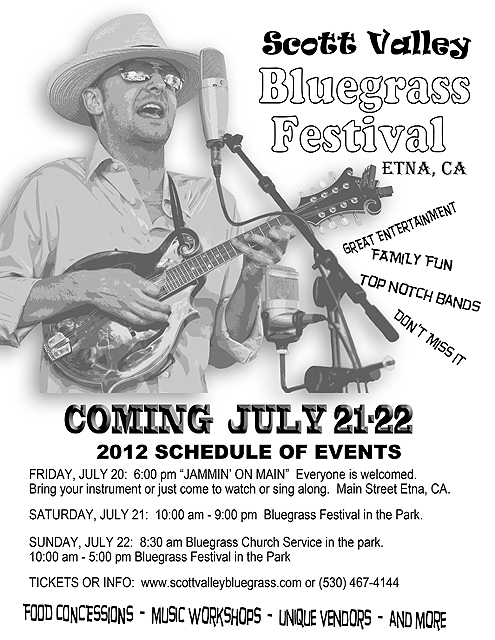
Extraction is the process of isolating an image element from the background. Say you have a cool picture of an elephant but you want to use that elephant in another image as a composite or part of a collage. In order to do this you are going to have to extract the elephant from the current background so you can place it in another image.
This is not intended to be a tutorial on extractions but there are a number of ways it can be done. You can use selections and/or masking techniques in Corel's PAINT SHOP PRO or PHOTOSHOP to extract an image element. I have used both of these great software applications to do extractions and I'm sure there are other image processing applications that can do it as well. My favorite way to do extractions is using Topaz ReMASK. Topaz has a number of great applications that plug into Paint Shop Pro or Photoshop.
The process of extracting an image element from its original background can be very time consuming depending on the complexity of the element and other factors such as the contrast between the image element you want to extract and the background setting its in. Keep this in mind when shooting something you may want to extract and try to take the photograph with a simple and contrasting background. It's fairly easy to extract a flag against a clear blue sky but difficult to extract a speckled bird from pile of leaves of similar color to the bird.
If you use Photoshop to do your extractions you will likely find some helpful tutorials on the KelbyOne website. If you are seriously into Photoshop I strongly recommend you join KelbyOne (used to be called National Association of Photoshop Professionals or NAPP) as it has been an immense help to me.
The poster above was created by extracting a musician who was performing with his band on stage so I could use him to create a poster to promote the next event. I created this poster in black and white and sized at 8.5 X 11 so it could be downloaded and printed by anyone with a standard printer using standard sized paper.
Masking Made Easy With Topaz ReMask
This is a Topaz tutorial to give you an idea of how Topaz ReMask works.
Selecting Photos to Use in Your Composite or Collage - Putting it All Together
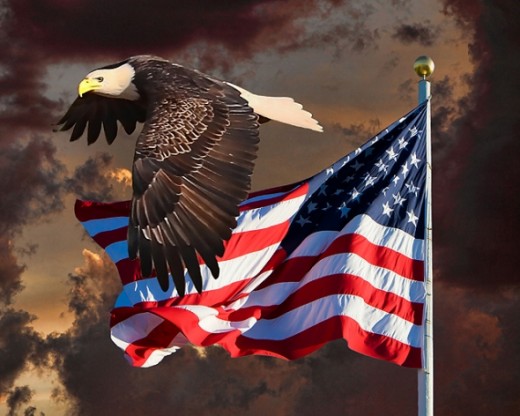
As with any significant venture, it's good to have a destination in mind before you start out. If you are going to create a collage you will likely have an idea or theme in mind and you will be selecting images that fit into that theme. The theme could be a family vacation, a new baby or a fishing trip or poverty or music, anything that you want to visibly depict. A theme may be a feeling or emotion that you want to graphically express by juxtaposition of contrasting images. Wow! I just read that last sentence and hope someone can explain it to me. What I'm trying to say is that a theme can be an intangible artistic expression or statement but the images you select must support that emotion, statement or theme.
In order to create a collage, your image processing software must be able to work in layers because a collage has multiple layers. I almost always start by creating a new file as the background layer. This is the layer on which all other layers will rest so I create it at the size and pixel resolution appropriate for the end product I want. If I will want to be able to print the end product as an 8x10, I create the background layer as 8x10 inches at 300 pixels per inch. The 300 pixels per inch is sort of the optimal resolution for a print but most print labs will do a fairly decent print with an image as low as 100 pixels per inch. Think quality and go for 300 pixels per inch is a good rule of thumb.
Your background layer can be filled with a color, a gradient, a texture or a combination of any of these to create the effect you want. If your background layer will be covered completely with subsequent images then just a plain white background layer is fine because it will never be seen. If you have an 8x10 photo with sufficient resolution that makes a good background for your collage you can use it as your background layer without creating a new image file. The idea is that you want a background layer at the right size on resolution on which to deposit your subsequent image elements.
The process of creating your collage will involved selecting the image elements from your inventory and then dragging or pasting them onto the background layer. You will adjust the size and placement of each element and determine their order. By order I mean you will decide which image elements are in front of or behind others. Keep the direction of light in mind and select and arrange your elements in a way that is consistent with the prevailing or dominant direction of light. The process of creating a collage or composite can be time consuming but it's the fun, artsy kind of time that you will enjoy.
You will likely want to play with the opacity, blending modes and perhaps dodge and burn individual elements to get them to blend and fit just the way you want. The end product will be your work of art from start to finish.
Above is a composite image made from three different photos taken on different days. I shot the clouds because they looked interesting, I shot the flag because it looked beautiful and I shot the eagle because I wanted a photo of an eagle. As I was looking through my images I realized I could combine these three into a composite image with a patriotic feel. Your imagination is your only limit.
SOME OF MY ZAZZLE PRODUCTS CREATED BY COMPOSITING
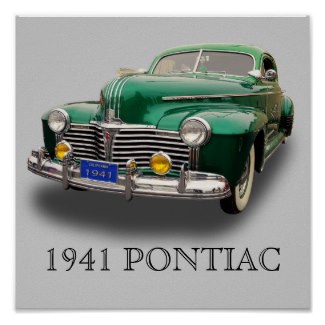
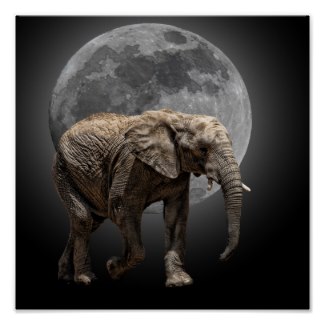
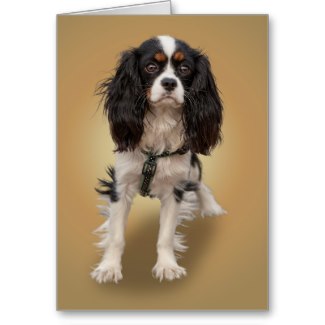
Visit My Fine Art Photography Website
I have a fine art photography website where you can view my diverse photographic interests. I have a gallery dedicated to vintage vehicles and buildings, galleries for landscapes, waterfalls, birds, wildlife, painterly photography and a variety of other specialized subjects. Mount Shasta and various northern California scenes are prominent in many of my galleries. Most of the galleries have background music if you play them as a slideshow. This allows you to kick back and listen to the music as the images flow by. Whether you are looking for some interesting images or looking to purchase some photographic art, I think you will enjoy your visit to Chuck Nelson Photography.
.
I have applied many of my photographs and digital art to a wide variety of products such as mugs, mouse pads, T-shirts, cards, etc. If you are looking for a one-stop location for unique gifts, be sure to visit my Zazzle website.
